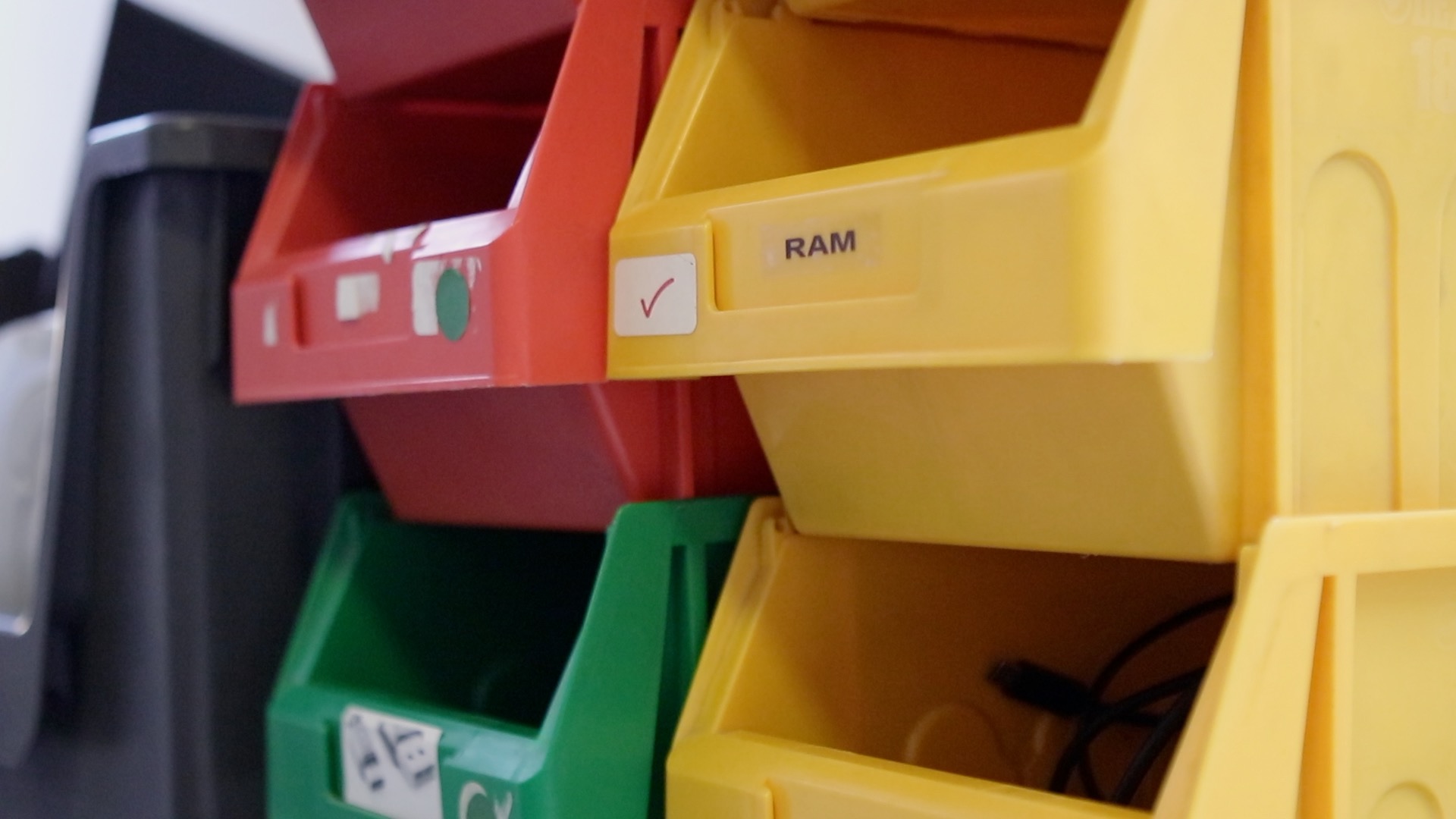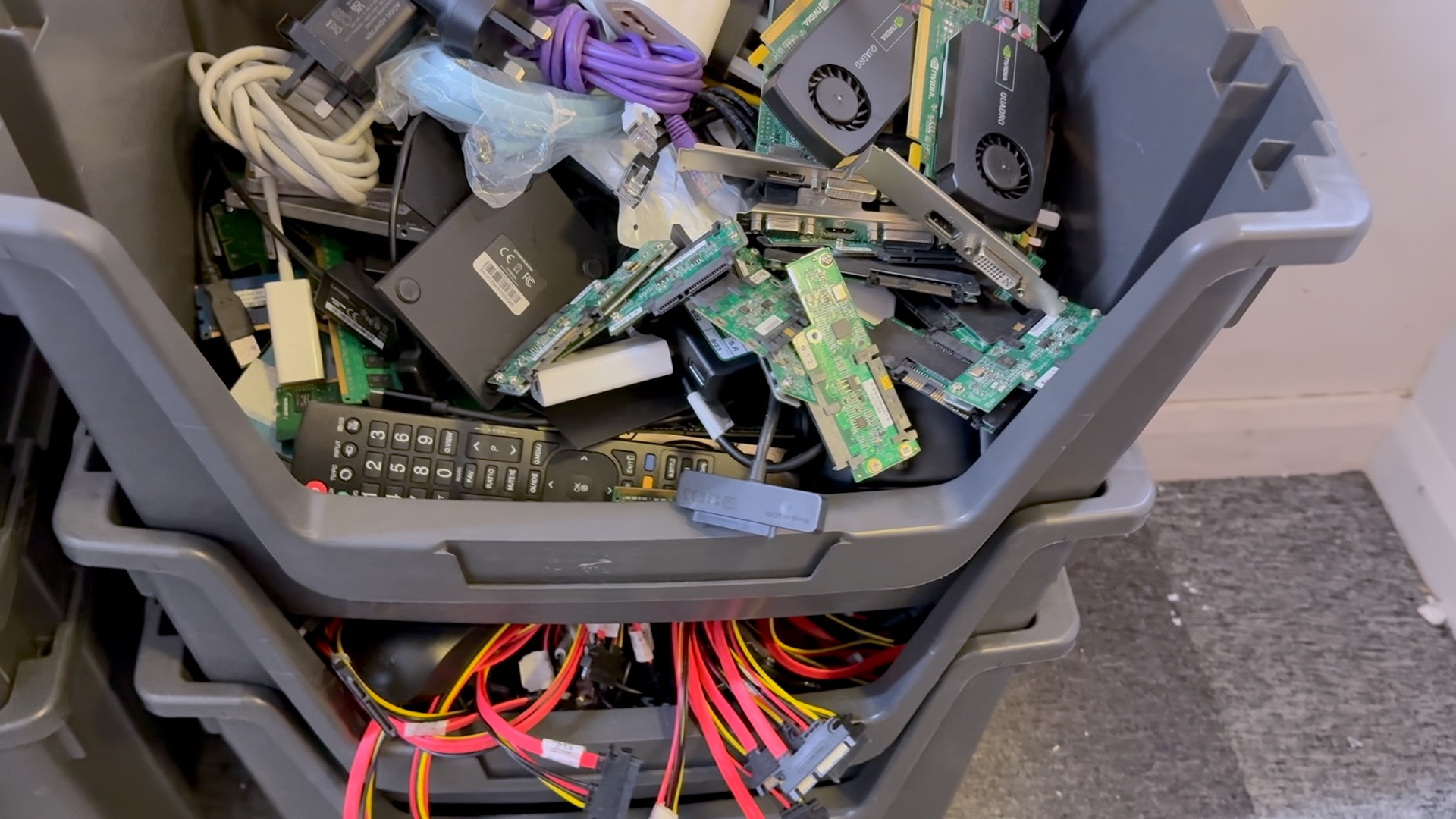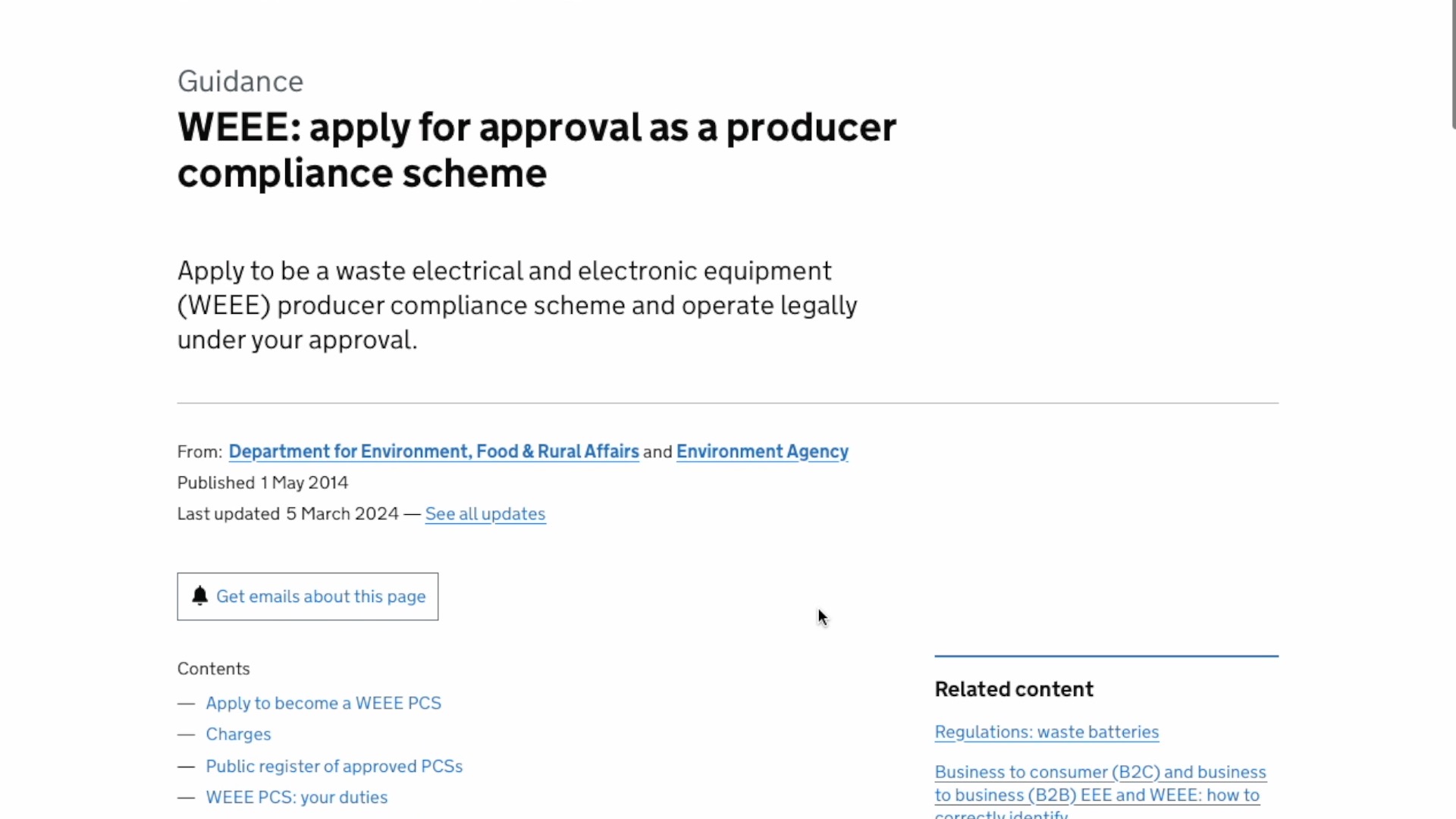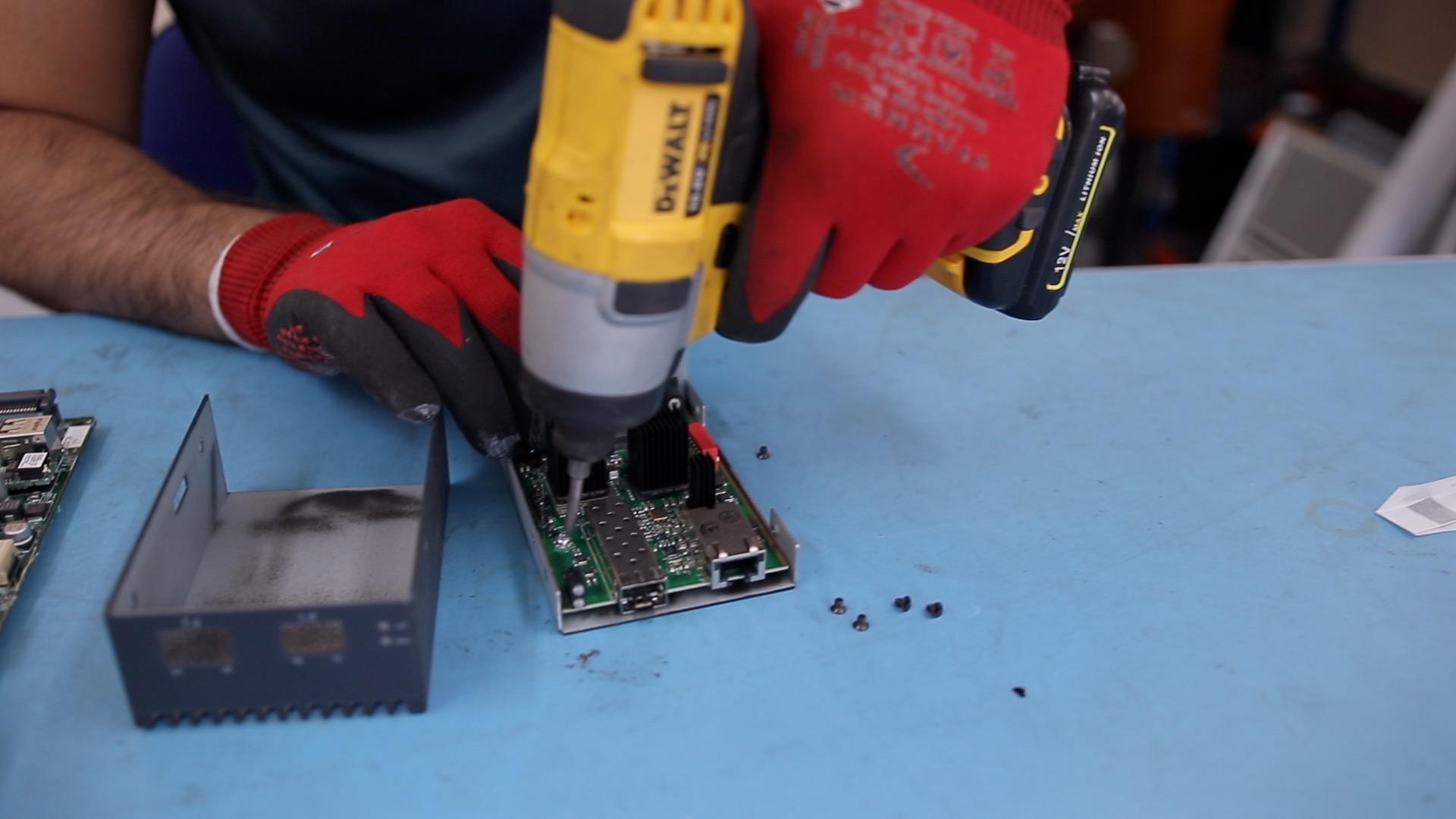WEEE Compliance: What Every Business Needs to Know

Electronic waste is one of the fastest-growing waste streams in the world—and it’s not just an environmental concern. For UK businesses, WEEE compliance is a legal obligation with real consequences for non-compliance.
In this article, we’ll break down the essentials of WEEE compliance: what it is, who it applies to, and how to meet the requirements efficiently and responsibly.

What Is WEEE?
WEEE stands for Waste Electrical and Electronic Equipment. It includes virtually all discarded items that have a plug, battery, or cable. Examples include:
-
Laptops, desktops, tablets
-
Monitors and televisions
-
Servers, printers, and routers
-
Power tools and small appliances
The UK’s Waste Electrical and Electronic Equipment Regulations 2013 govern how this type of waste must be managed, ensuring that it is properly collected, treated, and either reused or recycled.

Who Is Affected by WEEE Regulations?
WEEE compliance isn’t limited to manufacturers. Businesses of all sizes may have responsibilities under the regulations if they:
-
Produce or import electrical equipment
-
Sell, distribute, or rent electronic products
-
Dispose of unwanted or obsolete IT assets
-
Offer repairs or refurbishment services
If your organisation is involved in any stage of an electronic product's lifecycle, WEEE regulations likely apply.

What Does Compliance Involve?
WEEE obligations vary depending on the role a business plays in the supply chain, but in general, organisations must:
1. Register as a Producer or Distributor
Producers must register with a Producer Compliance Scheme (PCS). This ensures that their products are tracked throughout their lifecycle, including at end-of-life.
2. Offer Take-Back Options
Retailers selling new electronic equipment are often required to provide a free take-back option for old items. This must be offered at the point of sale or collection.
3. Use Approved Recyclers
Any WEEE waste must be disposed of using licensed waste carriers and authorised treatment facilities. This includes ensuring secure destruction where required, such as for data-bearing devices.
4. Label Products Properly
All relevant products must display the crossed-out wheeled bin symbol, which indicates that the item must not be disposed of with general waste.
5. Maintain Proper Documentation
Businesses must retain Waste Transfer Notes or Hazardous Waste Consignment Notes for at least three years to prove compliance during audits.

Why It Matters
Electronics contain hazardous substances such as lead, mercury, and cadmium, which can cause environmental harm if not properly handled. At the same time, they also contain recoverable resources like gold, copper, and rare earth metals.
WEEE compliance supports:
-
Sustainability goals by reducing landfill and encouraging reuse
-
Material recovery to reduce mining and resource extraction
-
Corporate accountability by demonstrating environmental and data responsibility

Final Thoughts
Ignoring WEEE regulations is no longer an option. Regulatory enforcement is increasing, and public awareness around responsible disposal is growing. Compliant handling of electronic waste is not just a legal necessity—it is part of running a modern, accountable business.
If your organisation handles electronics at any stage—sales, use, repair, or disposal—now is the time to review your WEEE obligations and put clear, documented processes in place.